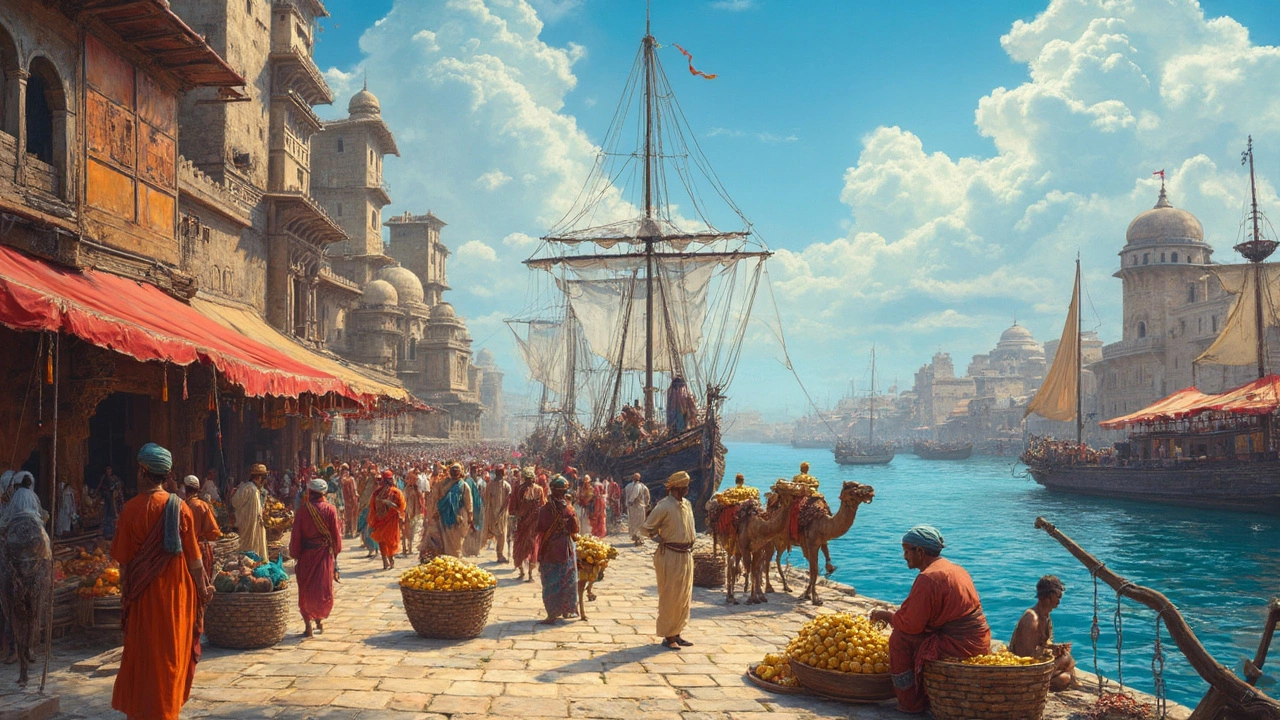Silk Road: Trade, Skills, and Global Opportunities Today
When we talk about the Silk Road, an ancient network of trade routes connecting Asia, the Middle East, and Europe that moved goods, ideas, and skills across continents. Also known as the Silk Routes, it wasn't just about silk—it was about trade that built economies, created jobs, and spread knowledge. Today, that same spirit lives in the export businesses in Surat, the logistics hubs in Mumbai, and the digital freelancers in Bangalore who sell services to clients in Germany or the UAE.
The modern Silk Road isn’t made of camels and caravans—it’s made of shipping containers, e-commerce platforms, and skilled workers. Countries like India are stepping into this space not just as sellers of raw goods, but as providers of trained labor. A welder certified in Mumbai can now work on a project in Dubai. A digital marketer in Pune can manage ads for a brand in Poland. These aren’t exceptions—they’re the new normal. And they all trace back to the same idea that started on the Silk Road: skills move across borders, and where there’s demand, there’s opportunity.
That’s why you’ll find posts here about trade courses in India, high-paying certificate jobs, and how global trade rules affect your paycheck. You’ll see how the Make in India initiative connects to ancient trade patterns. You’ll learn what’s really behind India’s export growth—and why a diploma in logistics or digital marketing today is like carrying spices on a camel caravan back then. The Silk Road didn’t die. It just got faster, digital, and more skill-based. And if you’re looking to build a career that crosses borders, you’re already walking on it.

Why Traders Flocked to India: Spices, Textiles, and Hidden Wealth
Dive into the real reasons why traders were drawn to India over centuries. Learn about the lure of spices, silks, gold, and the bustling trade routes that shaped the world.